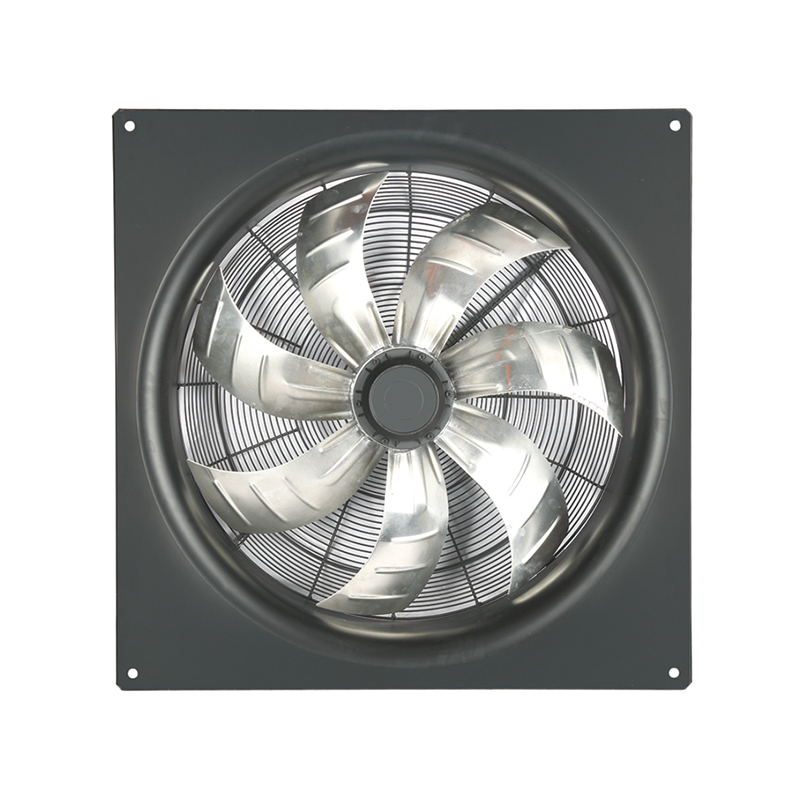Qinlang focuses on providing high-quality products and considerate services, and is committed to meeting every expectation of our customers.
The DKT-133 Cooling Ventilation Double Inlet Air Conditioning Fan is d...
See Details
Low noise axial fans are widely used in applications where both quiet operation and energy efficiency are important. These fans are designed to provide consistent airflow while reducing power consumption, making them suitable for residential, commercial, and industrial environments. Understanding the power efficiency of these fans can help users choose the right solution for their needs.
How Low Noise Axial Fans Achieve Efficiency
The design of low noise axial fans plays a key role in their energy performance. Several features contribute to their efficiency:
By combining these design aspects, low noise axial fans can offer steady airflow without unnecessary electricity use.
Advantages of Energy-Conscious Operation
Low noise axial fans provide benefits beyond quiet performance:
Reduced Electricity Use: Lower power consumption can lead to noticeable cost savings over time.
Sustainable Operation: Energy-efficient fans contribute to environmental sustainability by reducing overall energy demand.
Versatile Use: Their efficiency makes them suitable for continuous operation in offices, homes, and industrial equipment without significant energy concerns.
These advantages make low noise axial fans an appealing choice for users who want to balance performance with energy conservation.
Applications Where Efficiency Matters
The power efficiency of low noise axial fans makes them valuable in various settings:
Choosing a low noise axial fan ensures that energy use is reasonable without sacrificing airflow quality or comfort.
Factors Influencing Performance
While these fans are generally efficient, performance can be affected by several factors:
Regular maintenance and proper installation help maintain consistent energy performance and prolong the fan’s effective use.
Low noise axial fans offer a balance of quiet operation and energy-conscious performance. Through thoughtful blade design, motor efficiency, and housing structure, these fans can deliver steady airflow while reducing power consumption. Their versatility in homes, offices, and industrial applications makes them a practical choice for users seeking comfort and efficiency. Choosing a low noise axial fan is a straightforward way to combine quieter operation with more responsible energy use.